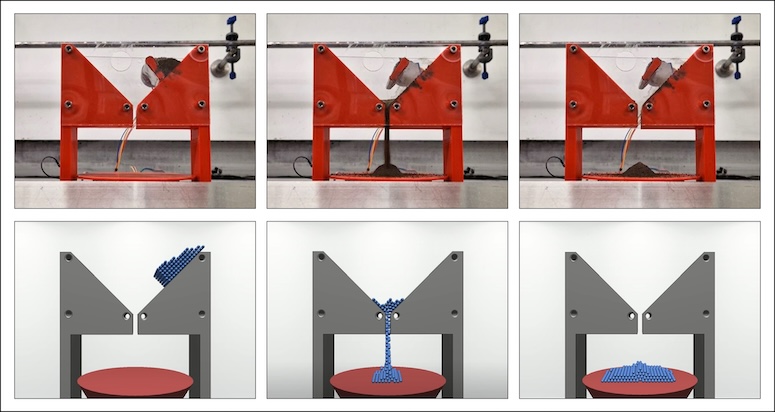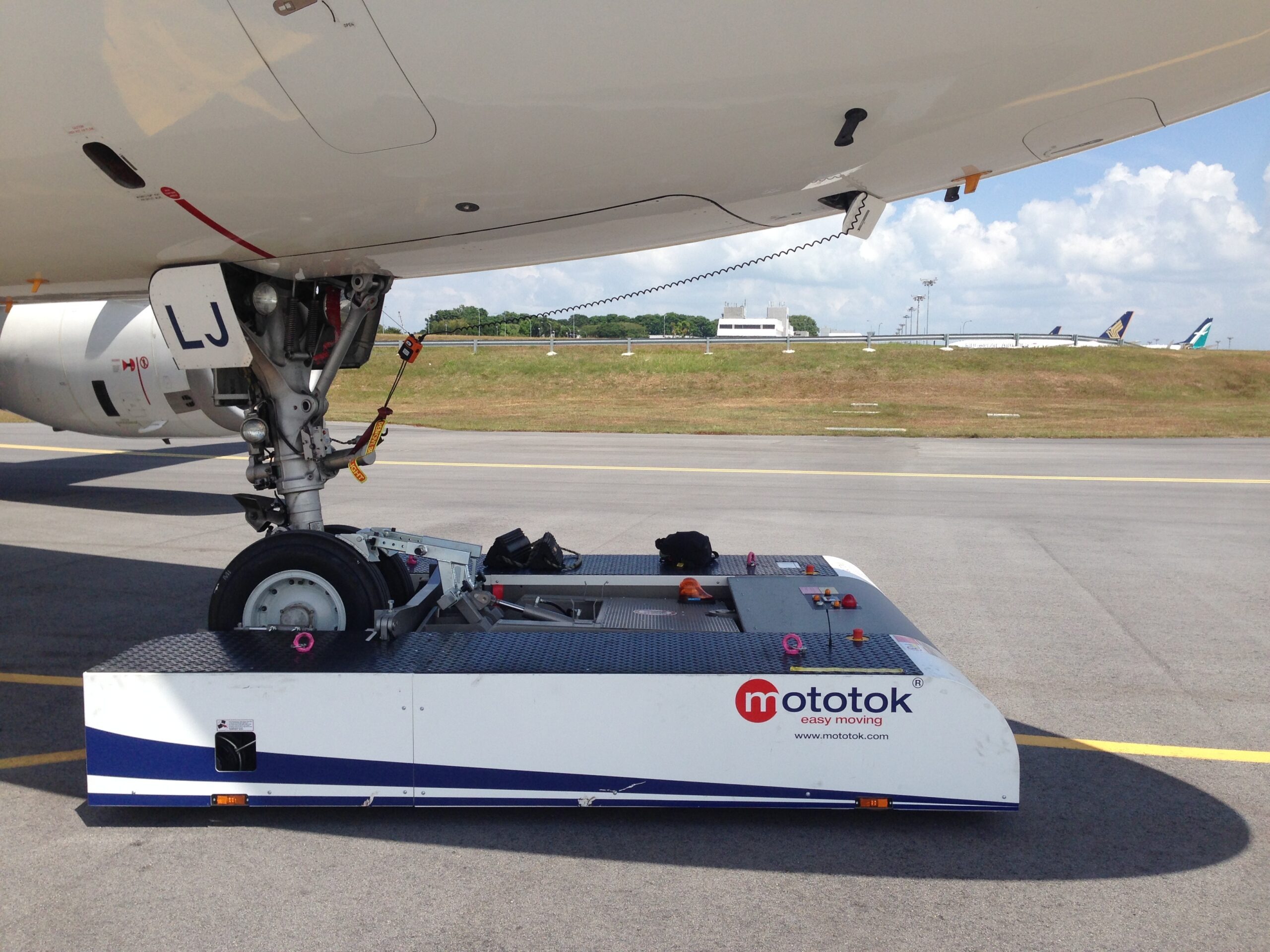NASA and other space agencies have set ambitious goals of returning humans to the lunar surface within this decade. But well before astronauts' boots sink into the Moon's dusty mantle again, fleets of robots will pave the way - scouting, digging and constructing in conditions drastically different than Earth. To ease the challenging remote control such work entails, researchers have cooked up a remarkably accurate moon dust stand-in that's fast and lightweight enough for real-time operator training.
Dubbed regolith, the unique powdery soil blanketing moons and asteroids poses hazards unknown to earthbound machines. Ultra-fine, clingy particles can wreak havoc on mechanisms or sensors never tested off-planet. And working in partial gravity shifts the physics rovers and robotic arms must adjust to compared to terrestrial norms.
Previously, some high-fidelity physics simulations of regolith existed, but computational complexity made them unfit for real-time teleoperation rehearsal. Meanwhile, stripped down models lacked the nuance and accuracy needed for realistic practice runs.
Now, a team from the University of Bristol and partner Thales Alenia Space believe they've struck an optimal balance. By tweaking the most responsive regolith simulations available, their virtual Moon dust behaves nearly identically to the genuine article during experiments. Yet calculated simplifications keep the model nimble enough to react immediately to operator commands.
The researchers envision astronauts-in-training controlling virtual rovers through gradually more complex lunar scenarios with the new system. Gaining experience navigating treacherous craters and sticky soil without risk accelerates mastery of remote dexterity and spatial awareness. Immersive rehearsal also builds essential confidence and trust in equipment prior to high-stakes usage on multi-million dollar missions.
Looking ahead, the team aims to prove the usefulness of their simulation guiding real robot trials in mock lunar environments. Positive results could make the system a vital asset for space agencies and companies seeking to smoothly integrate automation into upcoming lunar projects. And with some tweaks, virtual versions of Mars' rusty sands could prep rovers destined for the red planet too.
Wherever the space race leads, physics-based mimics of alien worlds promise to give remote robot operators a home field advantage well before launch. Mastering the basics down here lights the way for future feats of robotic exploration and construction far out there.


















